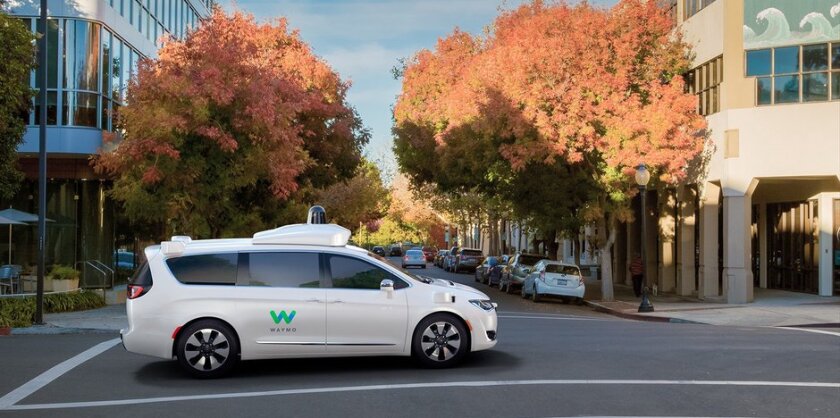Colorado has welcomed autonomous vehicles — but unlike Arizona or California, the state has no agency charged with regulating safety, privacy or accountability.
Despite there being more than 2.2 million electric vehicles on U.S. roads, property landlords estimate that less than 5 percent of their apartments and offices have chargers available to tenants.
A new report found that by transitioning to electric vehicles, the state could avoid 3,290 deaths while creating $36 billion in public health benefits. New Jersey is aiming for 100 percent clean energy by 2035.
Two years ago, 14.5 percent of EV drivers said they were unable to charge at a public station. Now it’s 21.4 percent. For the nation to meet its climate goals, a reliable EV charging station network is vital.
The trucks may qualify for an exception to the state’s rule that most new heavy-duty trucks be zero-emission by 2036. The rule would be a major win for the waste industry, but a significant setback for the state’s environmental goals.
The Mackinac Island Ferry Co., formerly known as Star Line, will replace two diesel engines with electric propulsion motors on its Chippewa vessel, then will transition the rest of its seven steel vessels to all-electric.
New orders for electric buses experienced unprecedented growth in 2022 driven, in part, by robust state and federal incentives, policy pressures and cost savings. With plenty of money in the pipeline, those purchases will continue.
The state gave the isolated community of Cantua Creek a transportation lifeline: a fleet of four electric vehicles. The program worked for a few months, but then the cars disappeared and the infrastructure wasn't maintained.
The General Assembly will study the two-year budget that includes about 25 percent more spending annually than the current year’s budget, including $2.3 billion on roads and $717 million on bridges.
Car-share operations are turning to electric vehicles as they reimagine the service as an affordable, nonprofit transportation business model. The shift is helping to serve low-income communities where mobility options are limited.
Years-long permitting processes across multiple agencies, community opposition and high costs can result in the state taking a decade to build new electrical infrastructure.
The state aims to cut emissions by 50 percent by 2035 and by 90 percent by 2050. The transportation sector accounts for almost 40 percent of the state’s greenhouse gas emissions. The new rule is based on California’s.
We need to move toward a lower-energy future, but we can’t present it as a punishment.
With action at federal, state and local levels, along with surging demand for EVs, the energy transition accelerated remarkably in the last 12 months.
Experts and transit officials agree that hydrogen fuel cell buses could be used on longer distance bus routes and can be refueled much more quickly than some EVs. But there are few fuel cell buses nationwide.
California has the most. Louisiana has the least per capita. But a new report found Vermont, with 139.7 electric vehicle chargers per 100,000 residents, the best state for charging stations.
Most Read

















